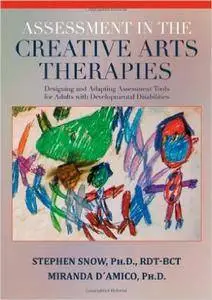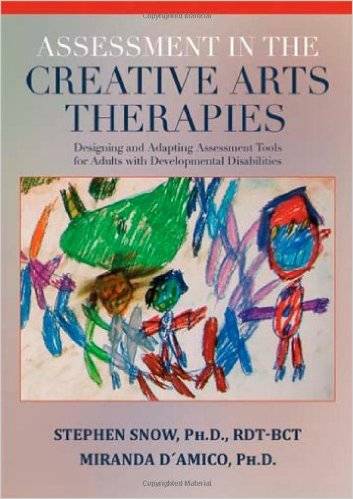Stephen Snow, Miranda D'Amico, "Assessment in the Creative Arts Therapies: Designing and Adapting Assessment Tools for Adults With Develepmental Disabilities"
2009 | ISBN-10: 0398078882 | 338 pages | PDF | 4 MB
2009 | ISBN-10: 0398078882 | 338 pages | PDF | 4 MB
This book addresses one of the most dynamic, complicated, and challenging areas in the field of creative arts therapies. It is the result of seven years of research into the complex question of how arts media can be adapted, structured, and implemented as assessment tools. By tackling the difficult problems of satisfactory assessment, the authors offer a scientist-practitioner model for creative arts professions not previously available. In each chapter devoted to one of the creative arts therapies, they illuminate the process of creating tools that use arts media, creating them under real-world conditions, thereby encouraging readers to consider how they might similarly proceed in their own endeavors. The core of the book, devoted to developing and applying assessment, utilizes tools that were tested on the same population of adults with intellectual disabilities/developmental disabilities that had been receiving therapies over a three-year period, thus allowing for comparisons of progress on each assessment measure and across modalities over time. Case studies in each chapter make clear the longitudinal progress of participants as measured by the tools. Helpful, too, is the inclusion of operational definitions, scripts, checklists, scoring sheets, and statistical analyses, as well as detailed chapter appendices. The book is meant to advance the development of assessment tools by and for creative arts therapists in all modalities. It is meant to help students as well as professionals; therefore, a technical glossary is provided. The use of this text will aid greatly in integrating research into the culture of the creative arts therapies professions by providing a pragmatic model of the relationship between research and practice.



